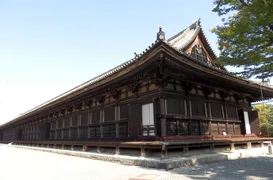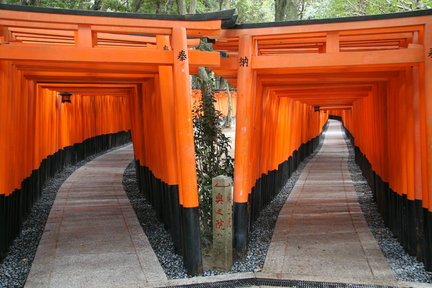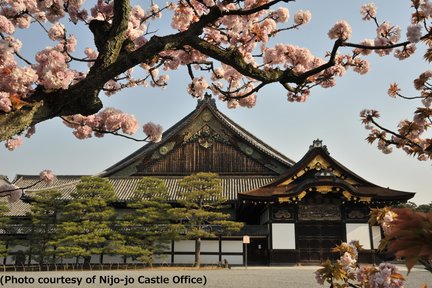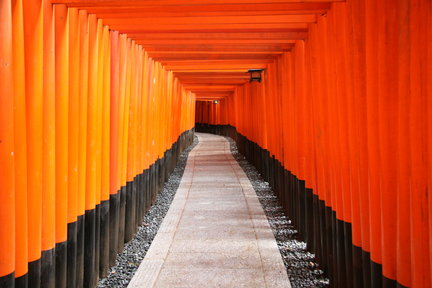Sanjūsangen-dō

The best of Sanjūsangen-dō
Esperienze nella lista dei desideri
Rendilo una fuga
Trasporto senza problemi
Tutto ciò che è buono e gustoso
Scopri di più
Why people love Sanjūsangen-dō
Luoghi vicini dove andare
FAQs about Sanjūsangen-dō
Qual è il periodo migliore per visitare il Tempio Sanjusangendo a Kyoto?
Come posso raggiungere il Tempio Sanjusangendo a Kyoto?
Quali piatti locali dovrei provare quando visito il Tempio Sanjusangendo a Kyoto?
Ci sono consigli per visitare il Tempio Sanjusangendo a Kyoto?
What to know before visiting Sanjūsangen-dō
Attrazioni selezionate
1001 Statues of Kannon
Marvel at the 1001 statues of Kannon, each with its unique expression and pose, symbolizing compassion and empathy. The sight of these statues standing in rows is truly breathtaking.
Senju Kannon Statue
Admire the central wooden statue of Senju Kannon with its 1000 arms, representing the deity's ability to witness and alleviate human suffering. Learn about the symbolism and significance of this iconic figure.
Thousand-armed Kannon Statues
The main hall of Sanjūsangen-dō houses 1001 standing Thousand-armed Kannon statues, along with 28 standing attendants, Fūjin, Raijin, and a principal image of the temple. These sculptures, dating back to the Heian to Kamakura periods, are designated National Treasures of Japan.
Cultural and Historical Significance
Sanjusangendo Temple, founded in 1164 by Taira-no-Kiyomori, holds a rich history and cultural heritage. Discover the architectural marvels and religious practices that have shaped this sacred site over centuries. The temple's original structure, rebuilt in 1266, has stood the test of time, showcasing the craftsmanship of the Kamakura period. The statues, classified as Important Cultural Properties, offer a glimpse into Japan's artistic legacy.
Local Cuisine
While visiting Sanjusangendo, don't miss the opportunity to savor Kyoto's local cuisine. Indulge in traditional dishes like Kyo-kaiseki and Yudofu, known for their unique flavors and culinary artistry. While Sanjusangendo Temple is not known for its culinary offerings, visitors can explore the surrounding area for a taste of Kyoto's traditional dishes. From savory ramen to delicate sushi, Kyoto's food scene is a delight for food enthusiasts.



